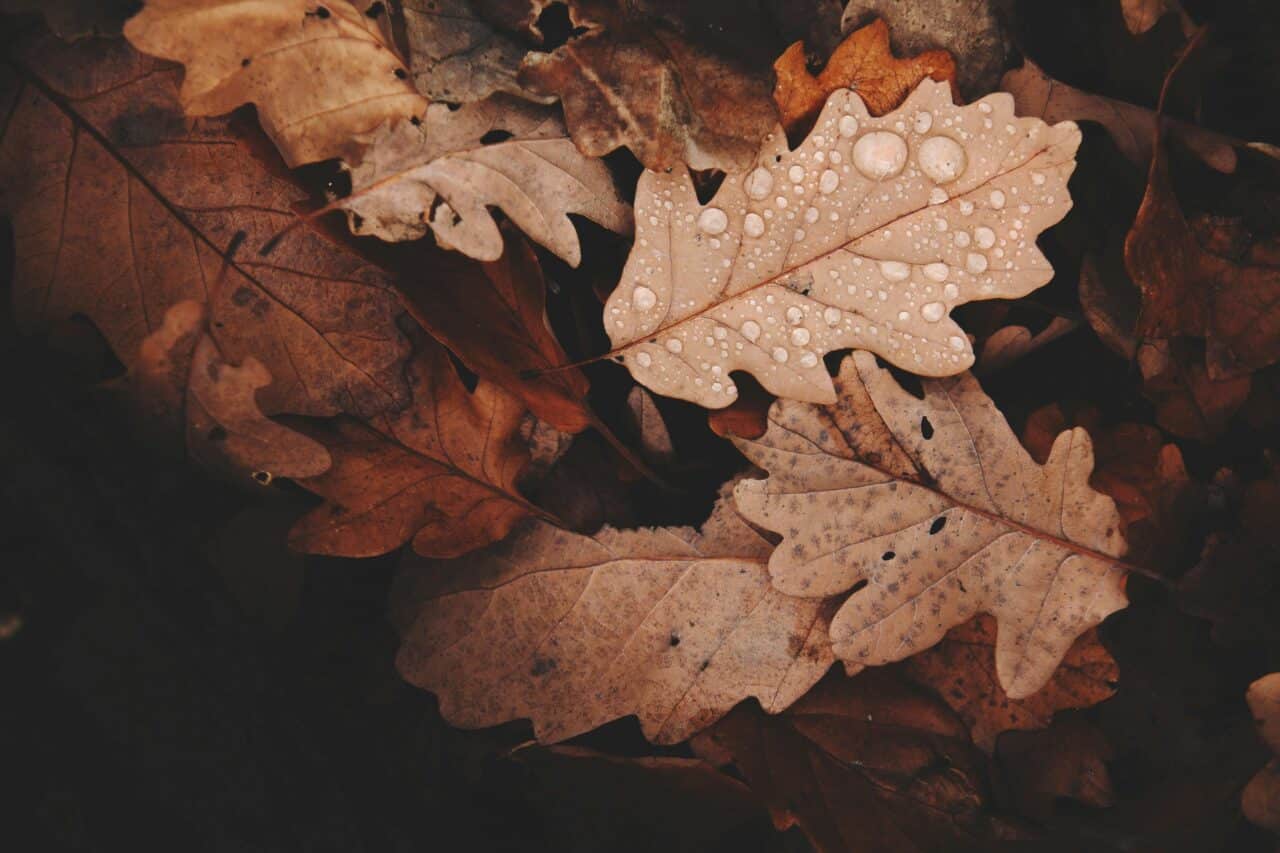It’s time to take your soft sweaters out of storage: temperatures are dropping, and precipitation is falling more frequently. Fall is here. Unfortunately, mold and mildew also like those cooler temperatures and damp conditions, which can be a huge problem for people with mold allergies. This could be your answer if you’re still experiencing allergy symptoms despite lower pollen counts.

What Are Mold and Mildew?
Mold and mildew are both fungi, which develop in places with excess moisture—both indoors and outdoors—and spread through the release of spores. In fact, mildew is commonly classified as a type of mold. Mold is usually fuzzy and black, green or brown in color, while mildew is white or gray with a powdery look to it. Spores are microscopic, and they only become visible to the naked eye once a large clump, or colony, has formed. It is these spores that trigger allergic reactions.
Why Is Mold Worse in the Fall?
Mold and mildew spores typically start growing on lawns and grasses during the hot, humid months of summer, but it’s when temperatures drop and the ground becomes damp that they really start spreading. Moisture lingers on the ground for longer instead of evaporating into the air, fallen leaves catch and hold dew and rain, leaves rot and nights grow longer. All of these conditions are optimal for the spores.
What Are the Symptoms of a Mold Allergy?
Symptoms of a mold allergy will present very similarly to symptoms of seasonal allergies or pollen allergies. These include:
- Runny nose
- Stuffy nose or congestion
- Sneezing
- Coughing
- Postnasal drip
- Itchy eyes and nose
- Sore or itchy throat
- Watery eyes
How Can I Prevent Allergy Symptoms from Mold?
Your first step to avoid contact with mold is to reduce mold and mildew growth in your home. Eliminate any sources of dampness, such as leaky pipes or groundwater seepage—especially in dark rooms like the basement or garage. Ensure that humid rooms, such as the bathroom, are adequately ventilated. Change the filters on your furnace and air conditioner, and use a dehumidifier in any room that smells or feels damp.
When going outside for yardwork or a stroll around Monte Sano State Park, avoid breathing in spores by wearing a scarf or face mask over your nose and mouth, and wear gloves to avoid contact with mold. You can take over-the-counter allergy medications, such as antihistamines, as well. When you come back inside, shower and change your clothes.
How Can I Treat a Mold Allergy?
If you’re not finding relief from allergy symptoms, immunotherapy might be the way to go. Immunotherapy is a treatment plan that builds tolerance to an allergen, like mold, and therefore reduces the body’s natural reaction to it. Call North Alabama ENT Associates today to find out more or to schedule an appointment.